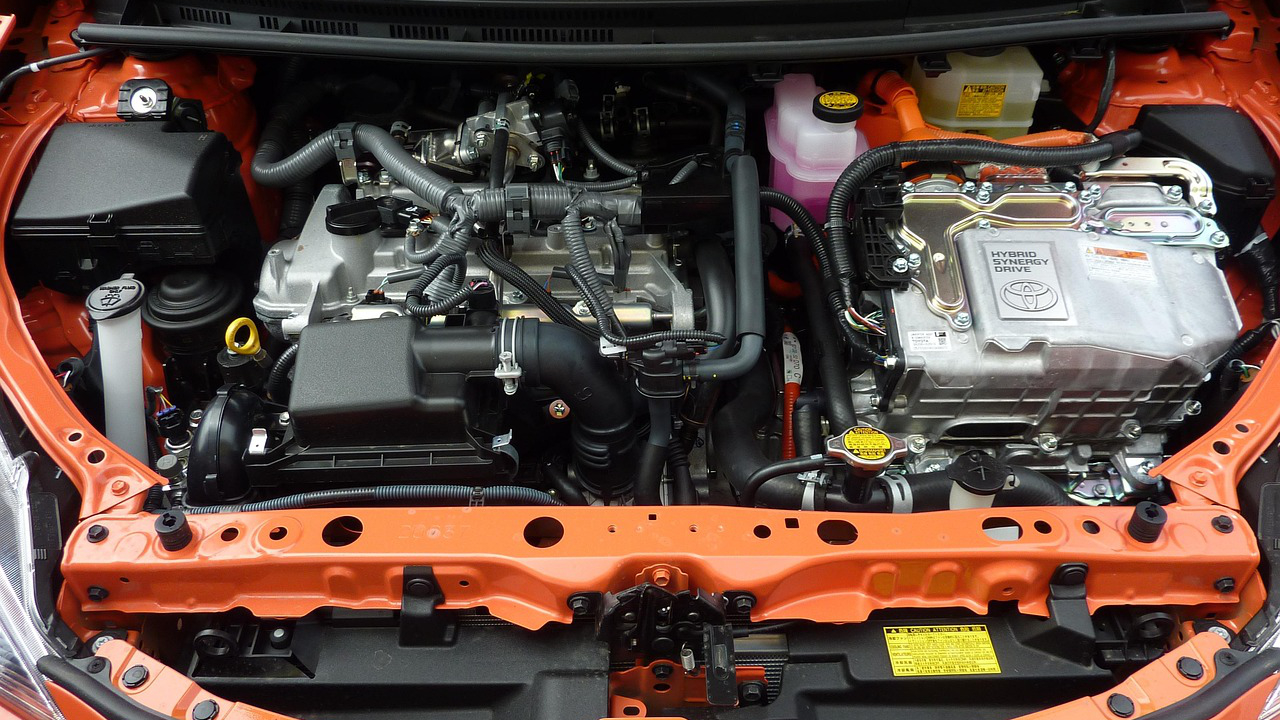
| • Cathode material production section | |
| The volatile concentration of NMP in slurry mixing process reaches 8,000-15,000mg/m³ (accounting for 60% of the total emissions in the production process), and the sintering exhaust gas contains DMF and nanoscale metal oxide aerosols | |
| • Anode material production section | |
| The graphitization process produces asphalt smoke (5–15 μg/m³ content of benzo[a]pyrene), and the coating drying exhaust contains acetone (concentration fluctuation 200–800 mg/m³) | |
| • Electrolyte production section | |
| Lithium hexafluorophosphate synthesis waste gas containing HF (50–150 ppm), solvent purification non-condensing gas containing DMC/EMC (boiling point 80–110 °C) | |
| • Diaphragm section | |
| The dichloromethane solvent used in the wet diaphragm process will be all volatilized in the drying process, and the characteristics of low boiling point, high temperature and high concentration pose no small challenge to the combustion and recovery treatment process | |
| • Battery assembly section | |
| EC/PC volatilization in liquid injection process (concentration gradient of 100-3,000mg/m³), formation exhaust gas containing DEC (accounting for 40-60%) and trace amounts of HF |
esters (DMC), ethers (NMP), fluoride (HF) coexist, and conventional catalytic oxidation is easy to produce dioxin by-products
the start and stop of the coating machine causes the instantaneous change of air volume up to 500% (3,000-15,000m³/h), and the concentration fluctuation coefficient exceeds 600%
NMP explosion limit (1.3-9.5%VOL) overlaps with the working concentration (0.8-1.2%VOL), there is a risk of explosion
NMP recovery purity requirements >99.9% (moisture <100ppm), traditional condensation method energy consumption is 30-40% higher
the boiling point of dichloromethane is low (< 40 ℃), and the efficiency of conventional adsorption for it is low
dichloromethane is desorbed to form an acidic corrosion solution, and the box and skeleton face severe challenges
